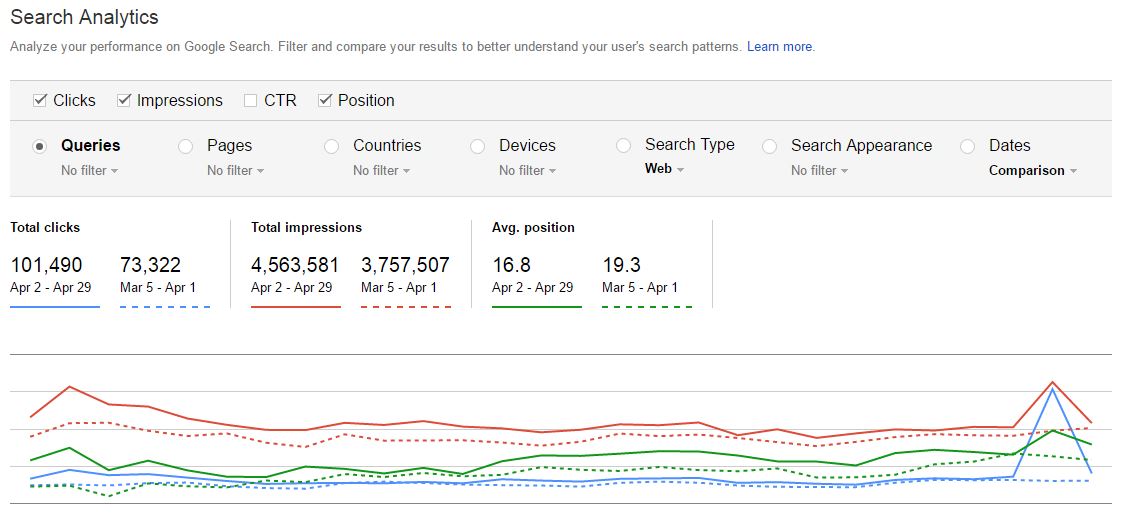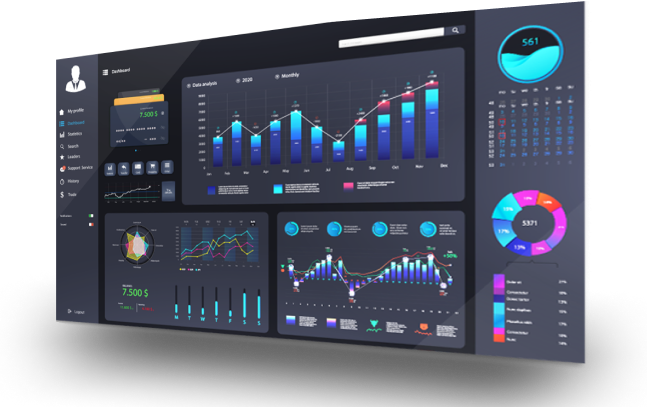The root system of a website would be the service pages & unique selling points (USP), which breathe life into all parts of the website through driving organic traffic and conversions. Keeping evergreen content within your website is an oftentimes overlooked aspect of search engine optimization (SEO). Static, unchanging content is an ever-present problem for many webmasters. Many assume that as long as you pay for hosting, traffic will always come to your website. First and foremost, your competitors may be already on the evergreen content train, and you may be a few stations behind, which shows in organic search rankings. Staying vigilant with search trends though use of a variety of tools to modify and enhance content. Constantly revising your website’s pages and posts will ensure that you have evergreen content, which will keep your content being crawled and indexed by Google.
What is Evergreen Content?
Simply put, evergreen content is content that works over a long period of time. An example of content that is evergreen would be a best practices SEO guide, something that can be regularly updated. An example of non-evergreen content would be something such as “Best Gadgets for Christmas 2016”. Granted, some examples of holiday content that could be categorized as evergreen, but for the most part, content with a specific year or date in mind has a very short lifespan.
How to Maintain Evergreen Content?
Deciding which pieces of content to refresh can be quite problematic for many webmasters. Coincidentally, several free tools will help you learn which content pieces to choose, such as Google Search Console’s Search Analytics metrics and Google Analytics. Google Search Console will show which pages rank for which keywords. GSC will also show their position in a keyword specific search, clicks, and impressions. Using this data you can see if content is trending upwards or downwards. If you see a formerly popular piece of content start trending downwards, it may be a good candidate for an evergreen content makeover. A competitor may have run a content gap analysis to see where they could make gains in particular high volume keywords.
Adding trending keywords to an article can help freshen it up. Google Trends is a great tool to use for keyword research, in addition to the bevy of keyword explorer tools available such as:
Research Your Competitors’ Content
By using a simple Google search, you can see if any competitors are ranking for any keywords your pages and posts currently rank. However, constantly typing in keyword after keyword, recording the variety of rankings of your own pages and competitors’ can be tedious. Thankfully, Google has their own tool to help you with this task, Search Analytics via Google Search Console! Comparing the current 28 days with the previous period can show the change in position, impressions, and clicks for both pages AND keywords.

Using data within Google Search Console can help you determine which terms may be slipping in Google SERPs, and which terms to investigate with more voracity. Finding competitor pages that rank well (or better) for keywords in which you used to garner lots of traffic can help you revise and edit content to be more attuned to current search trends and Google’s algorithm. Stuffing keywords is not the solution, but inclusion of content based around particular keywords AND at the same time contributing towards the narrative the page is offering is what is necessary for maintaining evergreen content.
By utilizing these strategies, you will hopefully see your content become more authoritative over time, and increase its and your own brand’s presence in search results, even garnering top spots against your top competitors.
For more information, check out our Evergreen Content Life Cycle post.
WEB ANALYTICS | SEARCH OPTIMIZATION | PAID ADVERTISING | COMPANY NEWS










